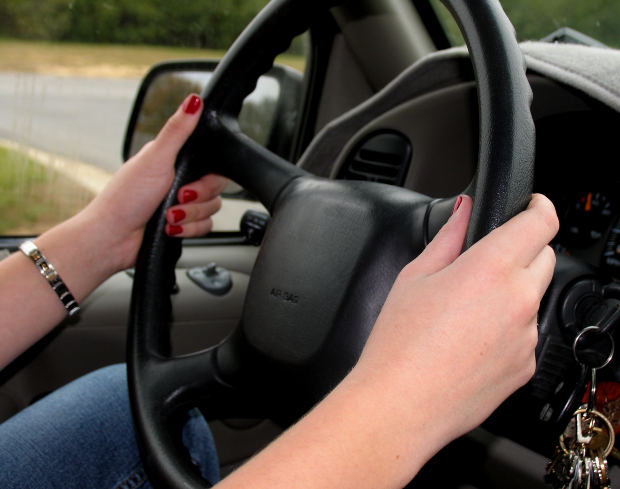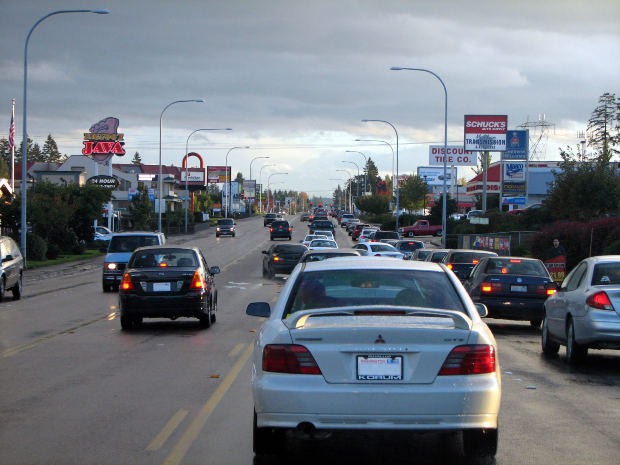A $19 million damage award for the widow of a fatal railroad car accident victim was affirmed in Missouri, finding the circuit court didn’t err when finding the railroad company 95 percent liable for failure to trim vegetation surrounding the railroad tracks. The appeal from the railroad company stemmed from the argument a new trial…
Continue reading ›Articles Posted in Fort Lauderdale car accident attorney
In a multiple vehicle car accident, where witnesses may give widely varying accounts of what actually happened and who is at-fault and to what degree, the credibility of each witness and party becomes critical. It’s not uncommon for defense attorneys to challenge the credibility of plaintiffs to challenge their own client’s liability. In a recent…
Continue reading ›Florida has one of the weakest protections against driver distraction in the nation. While a proposal to toughen our state’s anti-texting-and-driving law was passed by the state House and given Gov. Rick Scott’s blessing, the state Senate has reportedly pumped the brakes on the measure, with news outlets reporting Sent. Rob Bradley, R-Fleming Island, allowing…
Continue reading ›A bill that would repeal Florida’s no-fault insurance law appears to have stalled out. The state senate’s Health and Human Services Appropriations Subcommittee overwhelmingly voted not to approve the measure, which would repeal Florida’s no-fault system requiring drivers to carry at least $10,000 in personal injury protection (PIP) coverage. The bill would resulted in a…
Continue reading ›Every year, thousands of people in the U.S. die in distracted driving accidents – 3,400 in 2015, to be exact. While most states, including Florida, have some type of law on the books that aims to curb these incidents. But there are plenty of traffic safety advocates who say these measures aren’t doing enough. Just…
Continue reading ›A motorcycle accident effectively ended the football career of a UCLA offensive lineman seven years ago in California. Amir Ekbatani’s leg was severed when a taxi van driver who failed to yield the right-of-way while making a left turn. The impact of the collision severed the football player’s left leg. He would undergo a total…
Continue reading ›Three year ago, Florida Gov. Rick Scott signed into law amendments to F.S. 90.702 to F.S. 90.704 that changes the standard by which Florida courts determine whether expert witness testimony should be admissible. Previously, we used the “Frye standard,” which asks only whether the technique of the expert is generally accepted as reliable in the…
Continue reading ›Fort Lauderdale car accident lawyers understand that the negligence of some parties does not necessarily negate the negligence of others. This was the claim argued recently before the North Carolina Supreme Court, where the families of three people killed (including a mother and her 2-year-old daughter). Families of the decedents argued the state was negligent…
Continue reading ›Distraction plays a role in an increasingly large percentage of car accidents in Florida and across the country – fueled mostly by the proliferation of smartphones. We know those drivers may be held liable if they are distracted and cause a crash. However, an emerging legal trend involves holding accountable those with whom the driver…
Continue reading ›All auto insurance policies carry limits, which are supposed to be clearly-defined and indicate how much is available per-person and how much is available per car accident. These limits are important not just for that policy, but also for other secondary policies that may be applicable. Some insurance – like uninsured/ underinsured motorist coverage –…
Continue reading ›


















